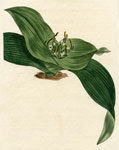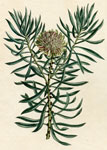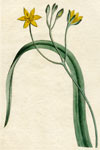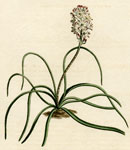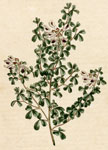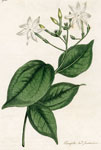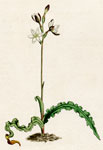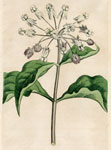Since Adirondack Retro acquired Darvill's Rare Prints in August of 2022, we have been working tirelessly on our New State-Of-The Art Website. We are excited to announce that it is now up and running and that our massive inventory of Antique Prints and Rare Maps are being transferred over to the new site daily. In addition to the nearly 500,000 prints found on www.DarvillsRarePrints.com, Adirondack Retro offers an eclectic selection of Antique and Vintage Advertisements along with their Limited Edition Giclee Prints. During this transition, customers will still be able to shop and make purchases on www.DarvillsRarePrints.com. Sign up for our Mailing List and receive our Adirondack Retro Newsletter. When you sign up, we will email you a coupon code for you to get 15% OFF your first order at AdirondackRetro.com. |
Original hand-coloured copperplate engravings from William Curtis's Botanical Magazine, known for their fine details and delicate coloring. Darvill's Rare Prints is delighted to offer highly prized prints from the earlier, more desireable
volumes created mainly between 1787-1830. |
|||||
|---|---|---|---|---|---|
|
|||||
| Darvill's collection of fine Curtis botanicals includes both Flora Londinensis and the Botanical Magazine (below) | |||||
| Please click on a thumbnail to see the entire plate. Plant names with question marks are derived from other sources, meaning we do not have the original text for that plate and the name is unconfirmed. Any condition issues should be identifiable on the enlargements. |
|||||
|
Plate 508 |
Plate 510 |
Plate 515 |
Plate 554 |
||
|
Plate 559 |
Plate 603 |
Plate 605 |
Plate 641 |
||
|
Plate 643 |
Plate 573 |
Plate 689 |
Plate 698 |
||
|
Plate 711 |
Plate 720 |
Plate 735 |
Plate 736 |
||
|
Plate 765 |
Plate 796 |
Plate 806 |
Plate 812 |
||
|
Plate 815 |
Plate 817 |
 Plate 825 |
Plate 842 |
||
|
Plate 844 |
Plate 850 |
Plate 881 |
|||
|
Plate 889 |
Plate 912 |
Plate 964 |
Plate 965 |
||
|
Plate 972 |
Plate 980 |
Plate 1004 |
Plate 1007 |
||
|
Plate 1023 |
Plate 1043 |
Plate 1051 |
Plate 1054  |
||
|
Plate 1068 |
Plate 1083 |
Plate 1091 |
Plate 1102 |
||
|
Plate 1121 |
Plate 1129 |
Plate 1170 |
Plate 1181 |
||
|
Plate 1185 |
Plate 1199 |
Plate 1201 |
Plate 1212 |
||




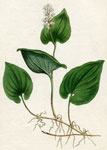
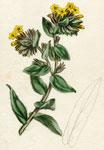



![Plate 605
[Aristea capitata]](images/images/Curtis Botanical Magazine/500-700/605-aristea-capitata-c.jpg)
